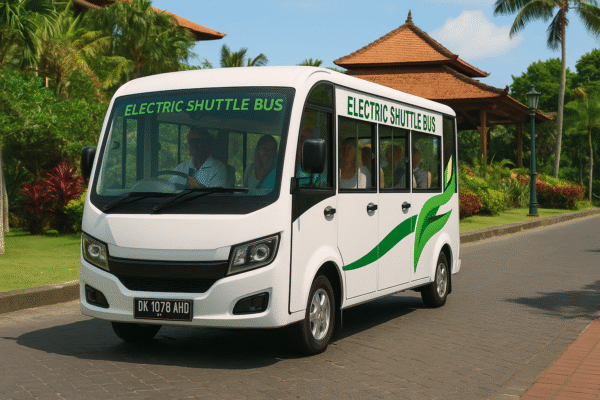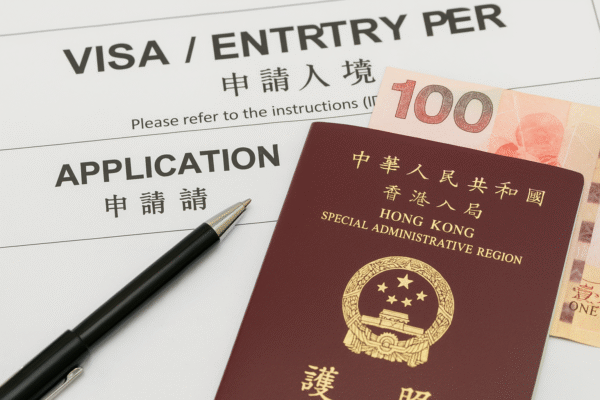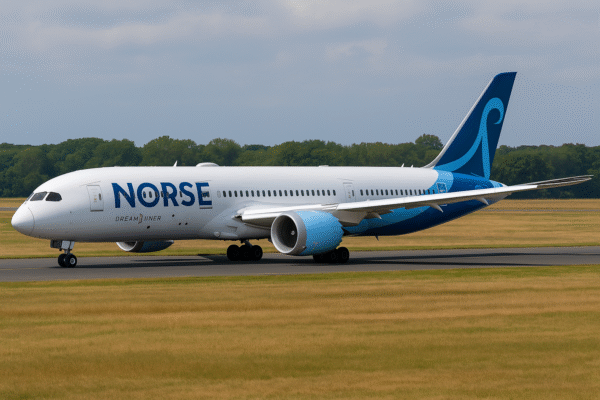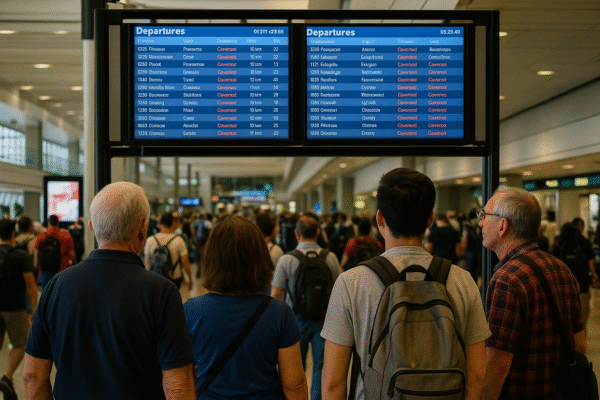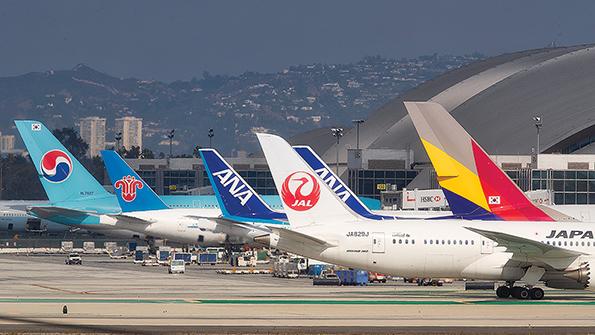Asia Pacific airlines have emerged from the turbulence of recent years with impressive financial momentum, recording a net profit of US$7.3 billion in 2024, according to the latest data from the Association of Asia Pacific Airlines (AAPA). This marks a robust recovery for the aviation sector, propelled by a sharp increase in passenger demand and a strong resurgence in air cargo volumes.
Despite grappling with persistent supply chain disruptions, soaring operational costs, and inflationary pressures, the region’s carriers demonstrated remarkable adaptability. Their performance underscores the aviation industry’s resilience in the face of ongoing global economic uncertainties and logistical constraints.
Surge in Passenger Demand Signals Travel Revival
One of the most significant drivers behind this financial rebound was a 19.9% increase in passenger traffic across the region in 2024. Measured in revenue passenger kilometers (RPK), this surge reflects the post-pandemic revival of both leisure and business travel, as borders reopened and travel confidence returned.
Asia Pacific airlines successfully scaled up services and adjusted capacity to capture this upswing in demand, contributing to a substantial 8.8% rise in passenger revenues, totaling US$170.4 billion. The resumption of intra-Asia routes and long-haul international flights particularly boosted revenue, helping many carriers return to pre-pandemic activity levels.
This momentum was fueled by the economic recovery across key regional markets including Japan, South Korea, Australia, Singapore, and Thailand, where outbound and inbound travel demand climbed sharply. The reopening of China’s outbound tourism sector also contributed significantly to the region’s growth in passenger volumes.
Air Cargo Volumes Rebound with Double-Digit Growth
In parallel with passenger recovery, air cargo operations also experienced a substantial turnaround. The AAPA reports a 13.9% increase in international air cargo demand, measured in freight tonne kilometers (FTK), reversing the decline seen in previous years.
This resurgence was driven by strong e-commerce growth, accelerated cross-border trade, and continued disruptions in maritime logistics. As global supply chains sought faster shipping alternatives, air freight demand surged—particularly for high-value electronics, pharmaceuticals, and automotive components.
The region’s airlines generated US$23.2 billion in cargo revenue, reflecting a 10.3% increase year-on-year. This income played a crucial role in balancing the pressures of rising operational costs, making air cargo a key pillar of profitability for many Asia Pacific carriers.
Financial Overview: Revenue Gains Versus Rising Expenses
Total operating revenue for Asia Pacific airlines reached US$213.9 billion in 2024, a 7.7% increase over the previous year. However, this revenue growth came alongside a sharper 8.4% increase in operating costs, which hit US$199.8 billion.
Notably, non-fuel operating costs surged by 10.1%, totaling US$138.9 billion. These increases were largely attributed to global supply chain constraints that impacted aircraft part availability and delayed new aircraft deliveries. Maintenance backlogs, spare part shortages, and higher leasing expenses—stemming from grounded aircraft—further strained operational budgets.
According to AAPA Director General Subhas Menon, “The marked increase in operating expenses, particularly non-fuel costs, underscores the impact of supply chain constraints. Nevertheless, Asia Pacific airlines demonstrated their adaptability, delivering operating margins of 6.6% for the year.”
Despite strong passenger volumes, passenger yields declined by 9.2% to 8.0 US cents per RPK, while cargo yieldsfell by 3.2% to 32.7 US cents per FTK. The drop in yields reflects intensifying competition and pricing pressure as airlines sought to stimulate demand while managing cost escalation.
Jet Fuel Costs Rise but Offset by Price Drop
Fuel costs, traditionally the largest expenditure for airlines, rose 4.8% to US$60.8 billion, in line with the increase in flight operations. However, this was somewhat mitigated by a 13.4% decline in average jet fuel prices, which settled at US$98.1 per barrel in 2024.
As a result, fuel expenses accounted for 30.5% of total operating costs, slightly down from 31.5% in 2023. While the price relief provided some financial breathing room, airlines remain vulnerable to global fuel price volatility, especially amid ongoing geopolitical tensions and currency market fluctuations.
Outlook: Strategic Investments and Cost Discipline
Looking ahead, Mr. Menon warned that Asia Pacific airlines face continued challenges in 2025. “Geopolitical tensions, elevated costs, and lingering supply chain issues will likely introduce further volatility,” he said. “Additionally, uncertainty over global trade negotiations may soften demand for air shipments.”
Still, passenger demand is expected to remain robust, supported by rising disposable incomes and growing middle-class travel markets across Southeast Asia and India.
To stay competitive, airlines across the Asia Pacific region are intensifying efforts in fleet modernization, digital transformation, and customer experience enhancements. Many are also diversifying revenue streams by investing in premium service offerings, loyalty programs, and cargo logistics partnerships.
As the aviation sector enters a new era of growth and transformation, the 2024 profit rebound serves as a strong foundation. The Asia Pacific region, home to some of the world’s fastest-growing air travel markets, is poised to lead the next phase of global aviation recovery.
For more travel news like this, keep reading Global Travel Wire


